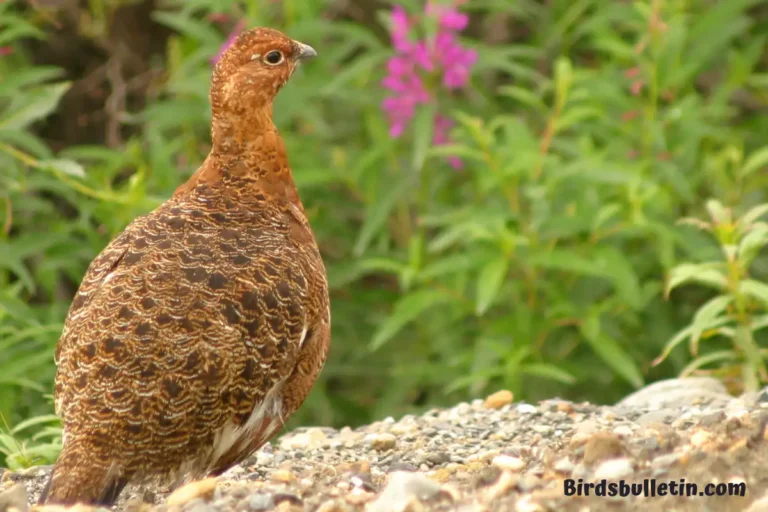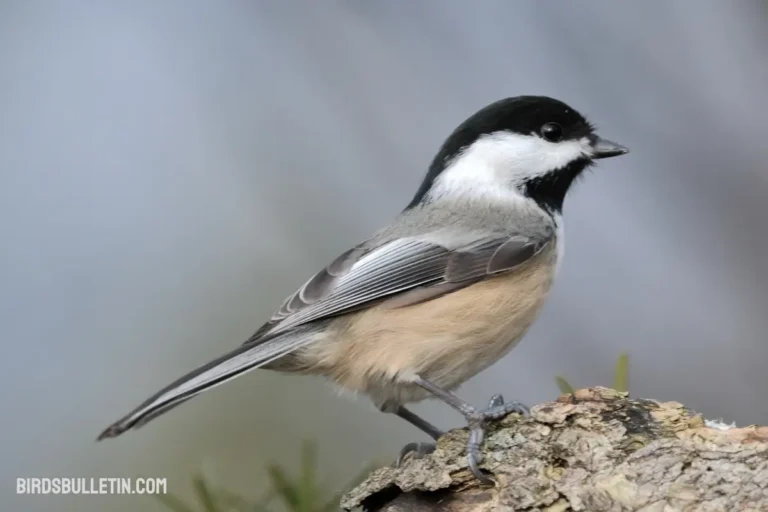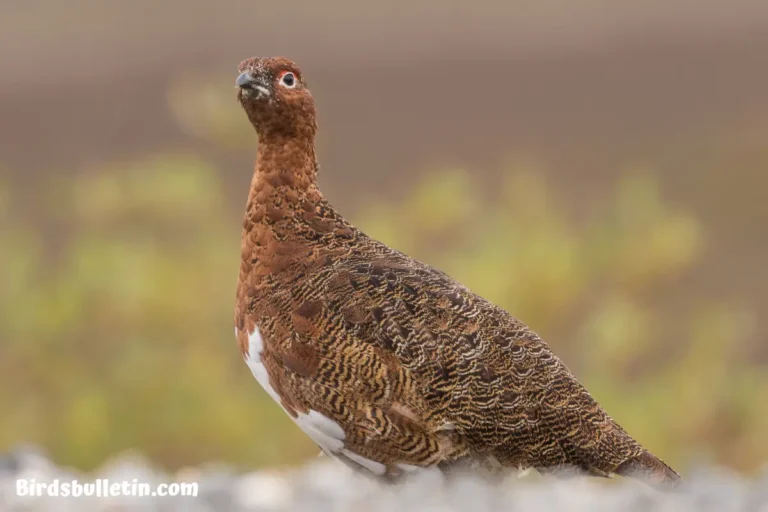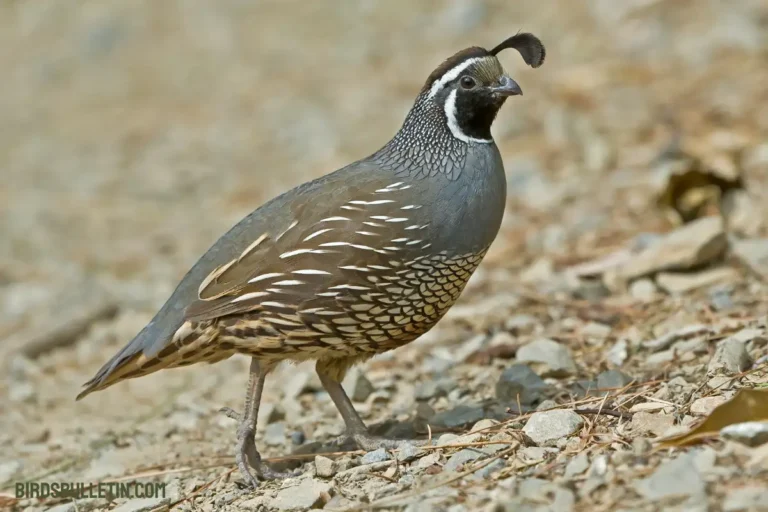Overview Of The Caribbean Brown Pelican
The Caribbean Brown Pelican, scientifically known as P. o. occidentalis, is a unique subspecies of the Brown Pelican found in the Caribbean region.
Its presence in the Greater and Lesser Antilles, the Bahamas, and along the Caribbean coast of the West Indies, Colombia, and Venezuela up to Trinidad and Tobago, makes it a distinctive and important species in the region’s coastal ecosystems.
Scientific Classification
- Kingdom: Animalia
- Phylum: Chordata
- Class: Aves
- Order: Pelecaniformes
- Family: Pelecanidae
- Genus: Pelecanus
- Species: P. occidentalis
- Subspecies: P. o. occidentalis (Linnaeus, 1766)
Looking for more overview about bird subspecies:
Identification
The Caribbean Brown Pelican can be recognized by its large size, long bill, and characteristic brown plumage.
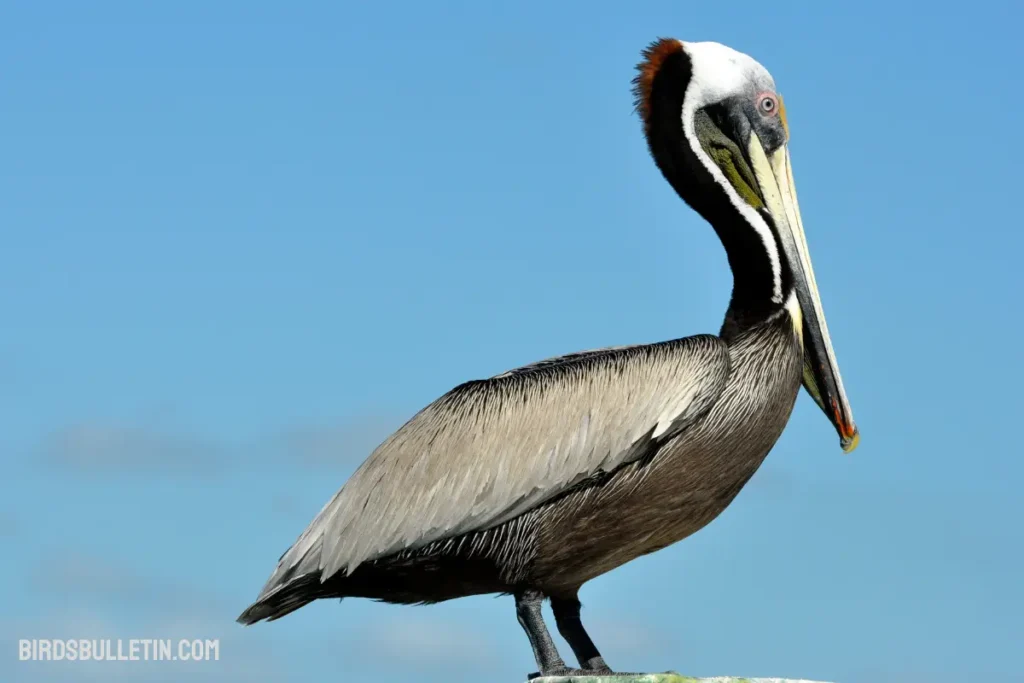
During the breeding season, it develops a dark brown head and a yellowish-white crown. Its most distinctive feature is the long, hooked bill and the expandable throat pouch used for catching fish.
Location
This subspecies nests on islands throughout the Caribbean including the Bahamas, Greater Antilles, Lesser Antilles, and offshore islands of South America north to Trinidad and Tobago. Populations in the southern Caribbean are non-migratory while northern populations may migrate short distances.
Interesting Facts
- Caribbean Brown Pelicans feed by plunge diving for fish from heights up to 60 feet.
- The impact of diving from such heights stuns small fish before scooping them up in its pouch.
- Males and females take turns incubating a clutch of 2-3 eggs for about 30 days.
- Chicks are fed regurgitated fish by their parents.
- These pelicans can live over 25-30 years in the wild.
Status
Populations of the Caribbean Brown Pelican declined in the 1960s-70s due to impacts from DDT pesticides, human disturbance, and habitat loss. Following protection efforts and reduced DDT use, most populations stabilized or increased by the 1990s.
However, breeding colonies remain vulnerable, especially to human disturbance.
Conservation of Natural Habitat
Conservation initiatives focus on preserving the coastal habitats crucial for the Caribbean Brown Pelican’s breeding, feeding, and nesting activities. This includes the establishment of protected areas, regulation of fishing practices, and efforts to minimize pollution.
Conservationists work to raise awareness about the importance of these habitats and promote responsible environmental practices.
Frequently Asked Questions
01. What are some threats facing the Caribbean Brown Pelican today?
Key threats today include human disturbance of nesting colonies, habitat loss from development, and pollution from oil spills or other contaminants. Protecting breeding sites is crucial.
02. How do Caribbean Brown Pelicans catch their prey underwater?
Caribbean Brown Pelicans employ exceptional plunge-diving techniques to catch fish. They soar above the water, spot their prey, and dive from considerable heights, using their keen eyesight to locate fish below the surface.
03. Are Caribbean Brown Pelicans migratory birds?
Yes, Caribbean Brown Pelicans are migratory birds. They often migrate along the coasts of the West Indies, Colombia, and Venezuela, showcasing their ability to cover long distances during seasonal movements.
Summary
The Caribbean Brown Pelican is an iconic seabird of the West Indies known for its spectacular diving behavior. Though no longer threatened, maintaining healthy populations requires ongoing protection of undisturbed nesting colonies as well as clean oceans for fishing.



